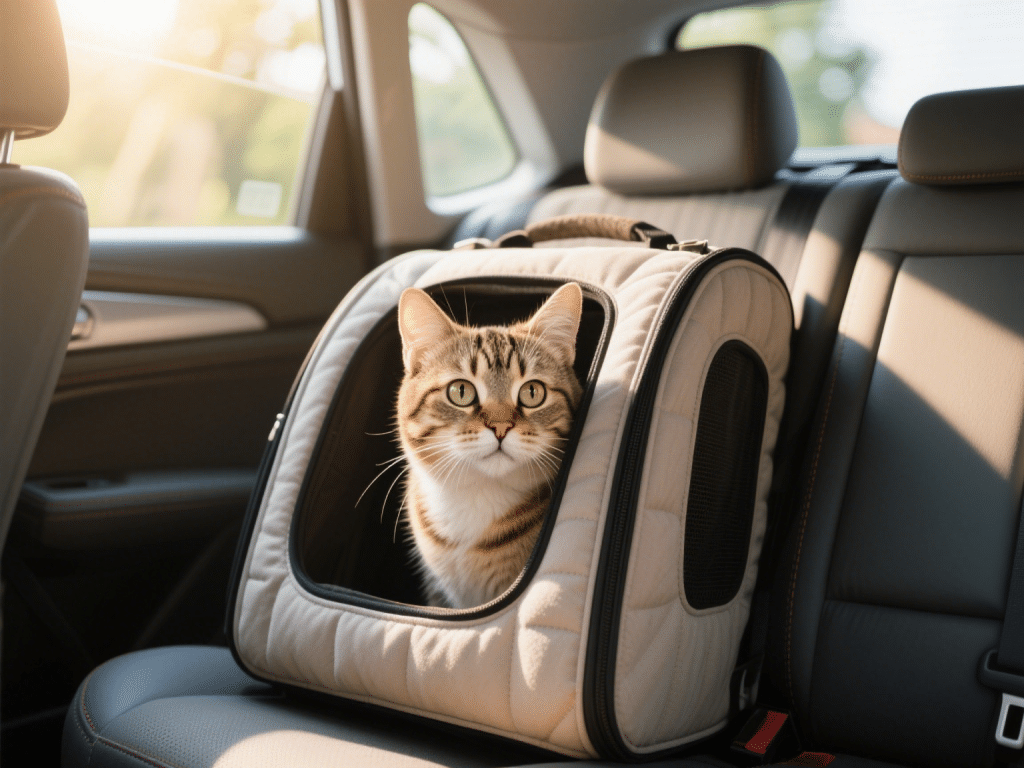
Few experiences test a cat’s composure like travel. As a certified animal behaviorist with extensive work in shelter relocations, I’ve guided countless cat owners through smooth, low‑stress journeys—whether a short vet trip or an international flight. Follow these proven steps to prepare your cat, choose the right equipment, and manage stress, ensuring safe, peaceful travel.
Preparing Your Cat
Carrier Acclimation: Leave the carrier open at home, lined with familiar bedding and treats. Encourage exploration over several days.
Short Practice Trips: Begin with 5–10‑minute drives, gradually extending duration. Pair each trip with positive reinforcement (treats, praise).
Health Check & Documentation: Visit your veterinarian at least two weeks prior for vaccinations, health certificates, and microchip verification—essential for airline regulations.
Choosing the Ideal Carrier
Size & Ventilation: Enough room to stand, turn, and lie comfortably; mesh panels for airflow.
Security: Locking zippers or screw‑in latches prevent accidental escapes.
Comfort: Include a non‑skid mat and absorbent pad to reduce motion sliding and accidents.
Calming Strategies
Pheromone Sprays: Apply a synthetic feline facial pheromone (e.g., Feliway) inside the carrier 15 minutes before travel.
Soothing Sounds: Play soft classical music or cat‑calming audio tracks at low volume during transit.
Natural Supplements: Consult your vet about L‑tryptophan or CBD‑based treats for mild anxiety.
In‑Transit Tips
Positioning: Secure the carrier with a seatbelt or place on the floor behind the passenger seat to minimize motion.
Temperature Control: Avoid direct sunlight and maintain moderate cabin temperatures (68–75 °F).
Minimal Interruptions: Resist opening the carrier except in emergencies to prevent escapes.
Air Travel Considerations
Airline Policies: Confirm approved carrier dimensions, in‑cabin vs. cargo requirements, and additional fees.
Timing: Book non‑stop flights whenever possible to reduce layovers and handling.
Arrival Prep: Once landed, relocate the carrier to a quiet, secure room with food, water, and litter to allow gradual reacclimation.
Post‑Travel Recovery
Quiet Decompression: Provide your cat a calm space for 24‑48 hours with familiar items and minimal handling until stress behaviors subside.
Monitor Health: Watch for signs of travel sickness—vomiting, diarrhea—or stress‑related behaviors such as hiding or reduced appetite.
Expert Insight
“Gradual desensitization to the carrier and vehicle noises is key,” notes animal behaviorist Dr. Laura Kim. “Cats that associate travel with positive experiences remain far calmer.”
Whether a cross‑country move or a weekend getaway, these strategies help your cat face new environments confidently—and return home ready for snuggles, not skittish hiding.


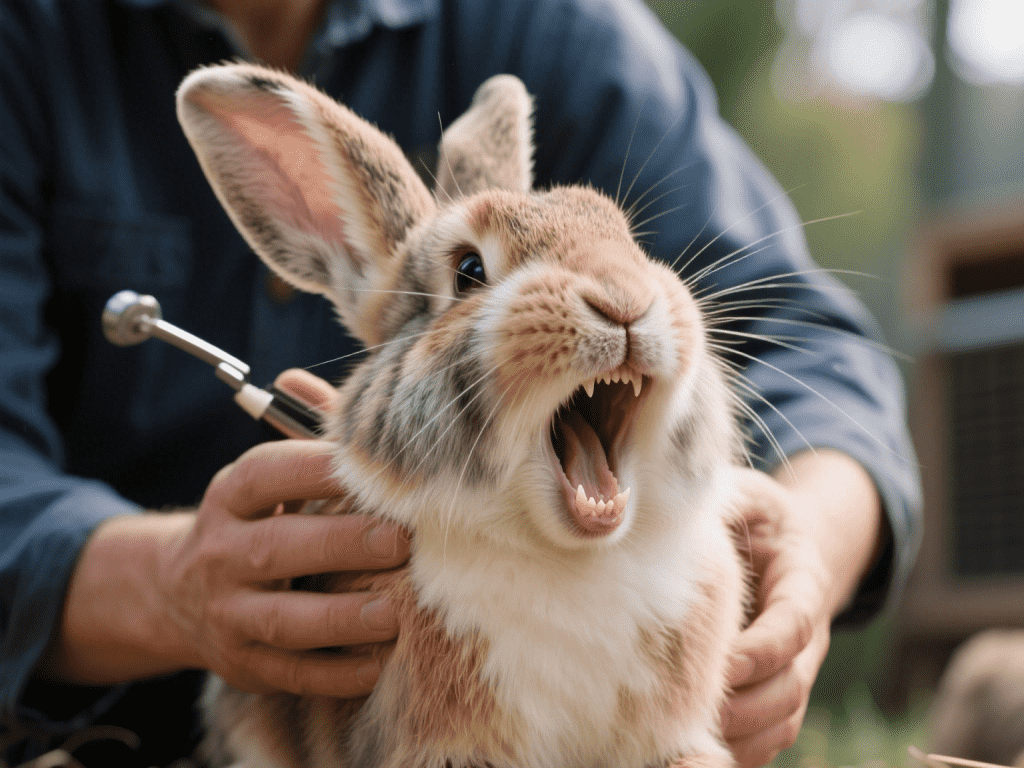
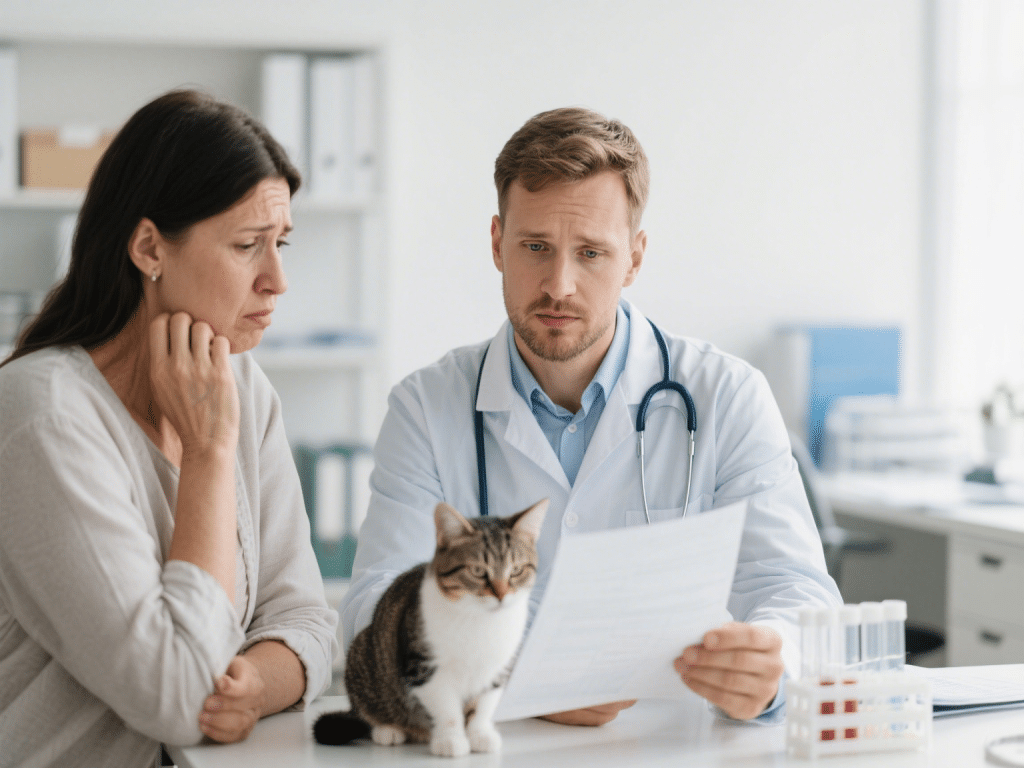
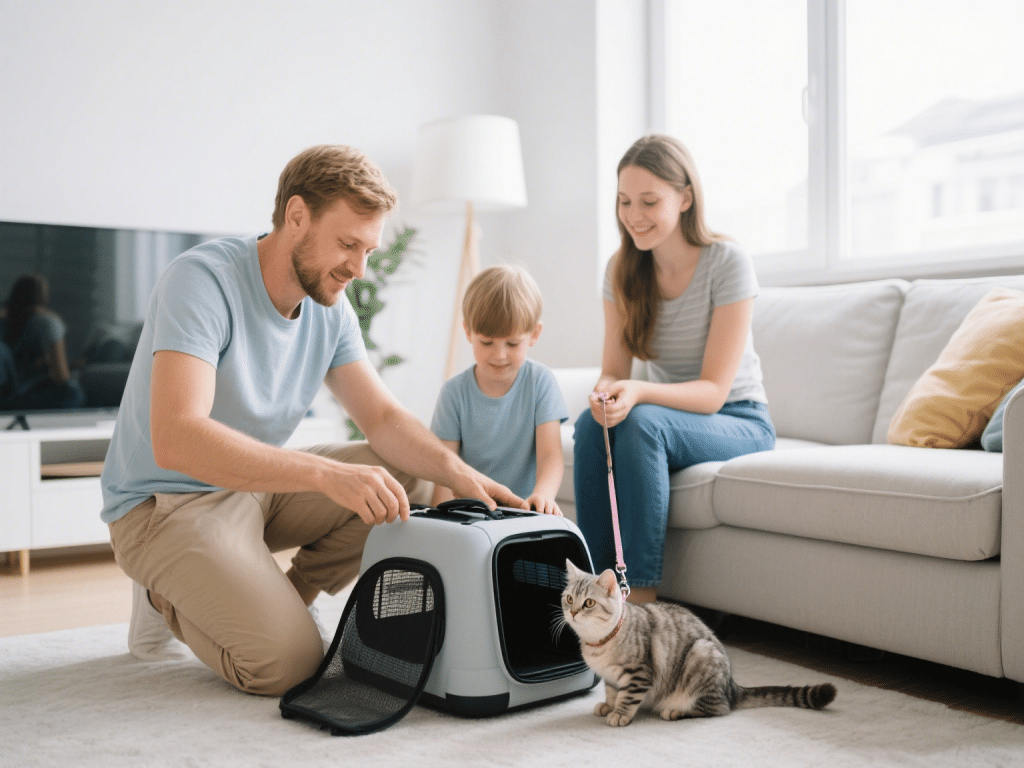
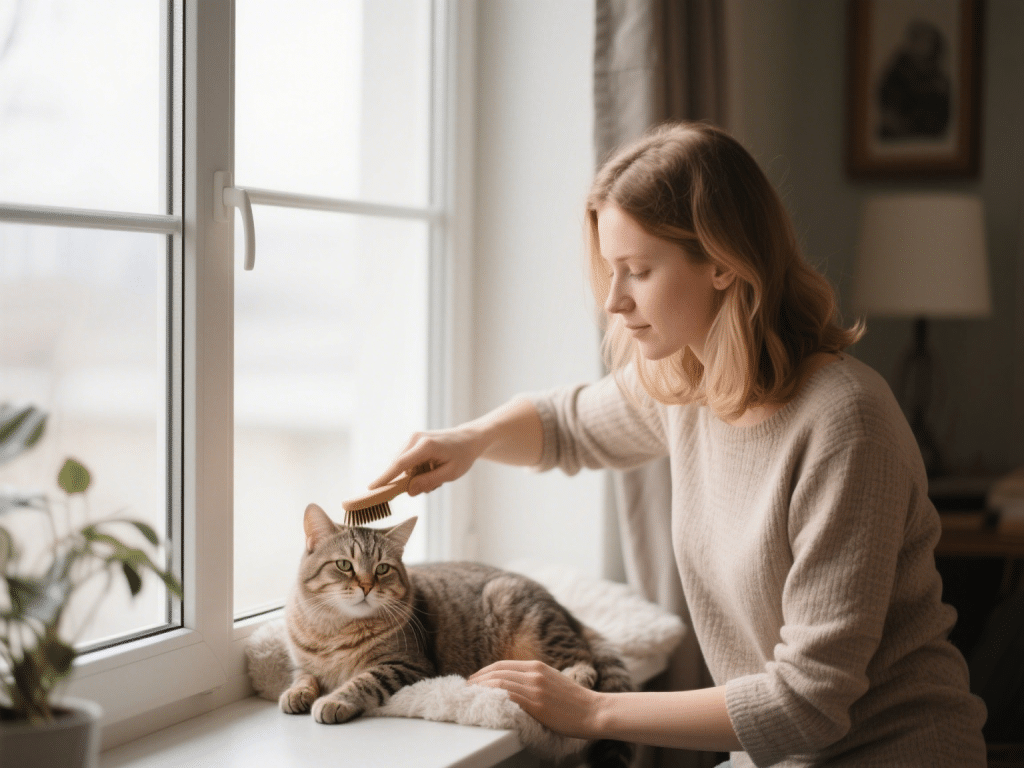



Comments on " Traveling with Your Cat: Stress‑Free Tips for Safe Adventures" :